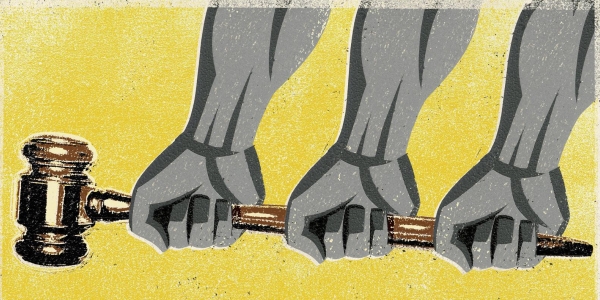By Robert E. Martin
Surveys reveal that the public believes a college education is essential but too expensive. People feel squeezed between the cost and the necessity. At the same time, public colleges complain that they are being squeezed by declining state support and increasing pressure to educate larger numbers of less-prepared students.
Nevertheless, college affordability has declined. So the crucial question is: Where was all that new money spent?
A common theme among higher education’s critics is that shared governance is to blame for colleges’ profligate ways, because faculty have too much influence over how money is spent. And the critics are right: Shared governance does play a role. But it is not the “shared” part of “shared governance” that has failed; quite the opposite. The fault lies in the withering away of the shared part. Reason and data alike suggest that the largest part of the problem is that it is administrators and members of governing boards who have too much influence over how resources are used.
More>>


